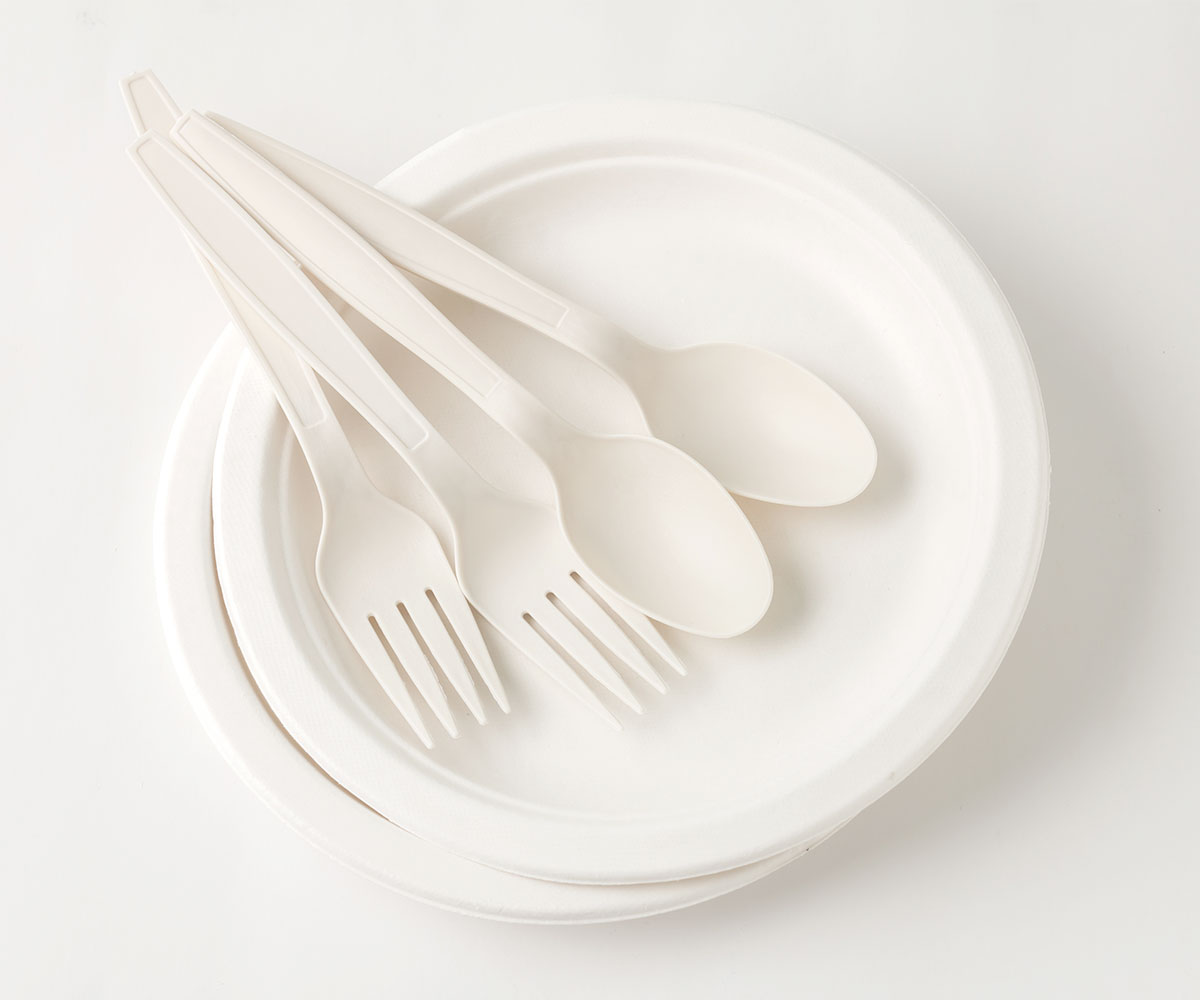Introduction
In today's eco-conscious society, the choice between biodegradable tableware and traditional disposable options is more critical than ever. Both options serve the purpose of convenience, but they significantly differ in their environmental impact, cost, and practicality. This comparative analysis will delve into these aspects, helping consumers and businesses make informed decisions.
Environmental Impact: The Green Factor
The primary advantage of biodegradable tableware lies in its reduced environmental footprint. Traditional disposable tableware, often made from plastic or non-recyclable paper, can take hundreds of years to decompose. These materials contribute significantly to landfill waste and ocean pollution, endangering wildlife and ecosystems. In contrast, biodegradable tableware, made from natural materials like cornstarch, bamboo, and palm leaves, breaks down within months under the right conditions. This rapid decomposition process minimizes waste and reduces the strain on landfills.
Cost Considerations: Immediate vs. Long-Term Savings
Cost is a crucial factor for many when choosing between biodegradable and traditional disposable tableware. At first glance, traditional disposable options seem cheaper, with lower upfront costs. However, this perspective often ignores the long-term environmental costs and potential savings from reduced waste management fees associated with biodegradable options. Although biodegradable tableware can be more expensive initially, the investment pays off in the long run through enhanced brand reputation, customer loyalty, and compliance with increasingly stringent environmental regulations.
Practicality and Performance: Functionality in Focus
When it comes to practicality, both types of tableware have their strengths and weaknesses. Traditional disposable tableware is known for its durability and versatility. Plastic utensils, for example, are robust and suitable for a wide range of foods. However, they are often criticized for their environmental toll. Biodegradable tableware has made significant strides in performance, with many products now offering comparable durability and versatility. Products made from bamboo and cornstarch are particularly notable for their strength and heat resistance. However, some biodegradable options might not perform as well under extreme conditions, such as very hot or very wet environments, which can limit their use in certain settings.
Consumer Preferences: Shifting Trends
Consumer preferences are increasingly leaning towards sustainable options. A growing awareness of environmental issues is driving demand for eco-friendly products, including biodegradable tableware. Businesses that adopt biodegradable options can capitalize on this trend, attracting eco-conscious customers and enhancing their market position. In contrast, companies sticking to traditional disposable tableware may face backlash from environmentally aware consumers, potentially harming their brand image.
Conclusion: Weighing the Options
In conclusion, the choice between biodegradable tableware and traditional disposable options depends on various factors, including environmental impact, cost, practicality, and consumer preferences. While traditional disposable tableware may offer short-term savings and practicality, its long-term environmental costs are significant. Biodegradable tableware, although initially more expensive, provides substantial environmental benefits and aligns with the growing demand for sustainable products. As the world moves towards more eco-friendly practices, investing in biodegradable tableware is not just a trend but a responsible choice for the future.





Comments